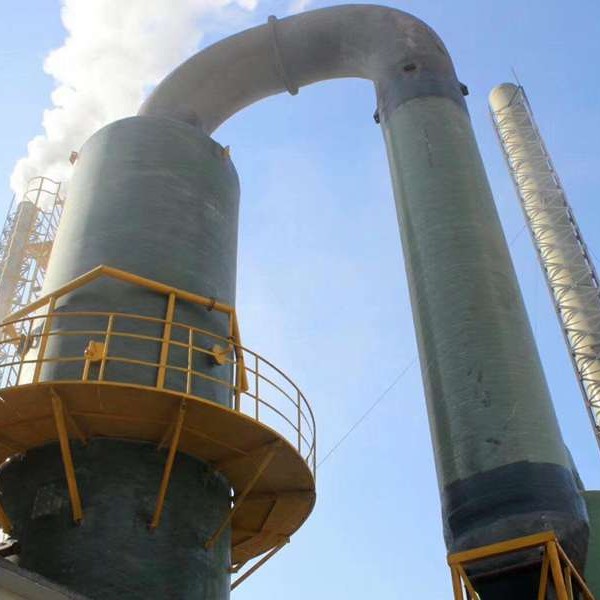
-
 Afrikaans
Afrikaans -
 Albanian
Albanian -
 Amharic
Amharic -
 Arabic
Arabic -
 Armenian
Armenian -
 Azerbaijani
Azerbaijani -
 Basque
Basque -
 Belarusian
Belarusian -
 Bengali
Bengali -
 Bosnian
Bosnian -
 Bulgarian
Bulgarian -
 Catalan
Catalan -
 Cebuano
Cebuano -
 China
China -
 China (Taiwan)
China (Taiwan) -
 Corsican
Corsican -
 Croatian
Croatian -
 Czech
Czech -
 Danish
Danish -
 Dutch
Dutch -
 English
English -
 Esperanto
Esperanto -
 Estonian
Estonian -
 Finnish
Finnish -
 French
French -
 Frisian
Frisian -
 Galician
Galician -
 Georgian
Georgian -
 German
German -
 Greek
Greek -
 Gujarati
Gujarati -
 Haitian Creole
Haitian Creole -
 hausa
hausa -
 hawaiian
hawaiian -
 Hebrew
Hebrew -
 Hindi
Hindi -
 Miao
Miao -
 Hungarian
Hungarian -
 Icelandic
Icelandic -
 igbo
igbo -
 Indonesian
Indonesian -
 irish
irish -
 Italian
Italian -
 Japanese
Japanese -
 Javanese
Javanese -
 Kannada
Kannada -
 kazakh
kazakh -
 Khmer
Khmer -
 Rwandese
Rwandese -
 Korean
Korean -
 Kurdish
Kurdish -
 Kyrgyz
Kyrgyz -
 Lao
Lao -
 Latin
Latin -
 Latvian
Latvian -
 Lithuanian
Lithuanian -
 Luxembourgish
Luxembourgish -
 Macedonian
Macedonian -
 Malgashi
Malgashi -
 Malay
Malay -
 Malayalam
Malayalam -
 Maltese
Maltese -
 Maori
Maori -
 Marathi
Marathi -
 Mongolian
Mongolian -
 Myanmar
Myanmar -
 Nepali
Nepali -
 Norwegian
Norwegian -
 Norwegian
Norwegian -
 Occitan
Occitan -
 Pashto
Pashto -
 Persian
Persian -
 Polish
Polish -
 Portuguese
Portuguese -
 Punjabi
Punjabi -
 Romanian
Romanian -
 Russian
Russian -
 Samoan
Samoan -
 Scottish Gaelic
Scottish Gaelic -
 Serbian
Serbian -
 Sesotho
Sesotho -
 Shona
Shona -
 Sindhi
Sindhi -
 Sinhala
Sinhala -
 Slovak
Slovak -
 Slovenian
Slovenian -
 Somali
Somali -
 Spanish
Spanish -
 Sundanese
Sundanese -
 Swahili
Swahili -
 Swedish
Swedish -
 Tagalog
Tagalog -
 Tajik
Tajik -
 Tamil
Tamil -
 Tatar
Tatar -
 Telugu
Telugu -
 Thai
Thai -
 Turkish
Turkish -
 Turkmen
Turkmen -
 Ukrainian
Ukrainian -
 Urdu
Urdu -
 Uighur
Uighur -
 Uzbek
Uzbek -
 Vietnamese
Vietnamese -
 Welsh
Welsh -
 Bantu
Bantu -
 Yiddish
Yiddish -
 Yoruba
Yoruba -
 Zulu
Zulu
frp vessel
The Rise of FRP Vessels in Modern Engineering
In recent years, the use of Fiber-Reinforced Polymer (FRP) vessels has gained significant traction across various industries, marking a transformative shift in engineering materials. FRP vessels, known for their lightweight yet robust characteristics, are increasingly being utilized in applications ranging from chemical storage to marine vessels.
The Rise of FRP Vessels in Modern Engineering
Another significant advantage of FRP vessels is their lightweight nature. With a density much lower than that of steel or other metals, FRP vessels offer ease of handling and installation. This attribute is particularly beneficial in marine engineering, where weight savings directly translate to improved buoyancy and fuel efficiency for maritime vessels. Consequently, shipbuilders are increasingly incorporating FRP materials into their designs, resulting in lighter, faster, and more fuel-efficient ships.
frp vessel

Additionally, the manufacturing process for FRP vessels allows for greater design flexibility. Engineers can create complex shapes that would be difficult or impossible to achieve with traditional materials. This adaptability opens the door for custom solutions tailored to specific operational requirements, enhancing the performance and functionality of the vessel.
While the advantages of FRP vessels are numerous, there are challenges to consider. The initial cost of FRP materials can be higher than conventional materials, which may deter some companies from making the switch. However, the long-term savings realized through reduced maintenance, extended service life, and lower energy consumption often outweigh the initial investment. Furthermore, as technology advances and the demand for FRP applications increases, production costs are expected to decline, making FRP vessels even more accessible.
Environmental considerations also play a crucial role in the growing adoption of FRP. As industries worldwide strive to minimize their carbon footprint, FRP vessels provide a sustainable alternative. The energy consumed in manufacturing FRP composites is generally lower than that required for metals, and their longer lifespan contributes to reduced waste.
In conclusion, the increasing utilization of FRP vessels across various sectors is driven by their unique advantages, particularly in corrosion resistance, weight savings, and design flexibility. While challenges remain, ongoing advancements in technology and growing environmental awareness are likely to further bolster the adoption of FRP vessels in the engineering landscape. As industries seek innovative solutions to improve efficiency and sustainability, FRP is poised to play an ever-expanding role in the future of material science and engineering.
Latest news
-
Exploring the Benefits of Top Hammer Drifter Rods for Enhanced Drilling PerformanceNewsJun.10,2025
-
High-Precision Fiberglass Winding Machine for GRP/FRP Pipe Production – Reliable & Efficient SolutionsNewsJun.10,2025
-
FRP Pipes & Fittings for Shipbuilding - Corrosion-Resistant & LightweightNewsJun.09,2025
-
Premium FRP Flooring Solutions Durable & Slip-ResistantNewsJun.09,2025
-
Premium Fiberglass Rectangular Tanks Durable & Lightweight SolutionNewsJun.09,2025
-
Tapered Drill String Design Guide Durable Performance & UsesNewsJun.09,2025









